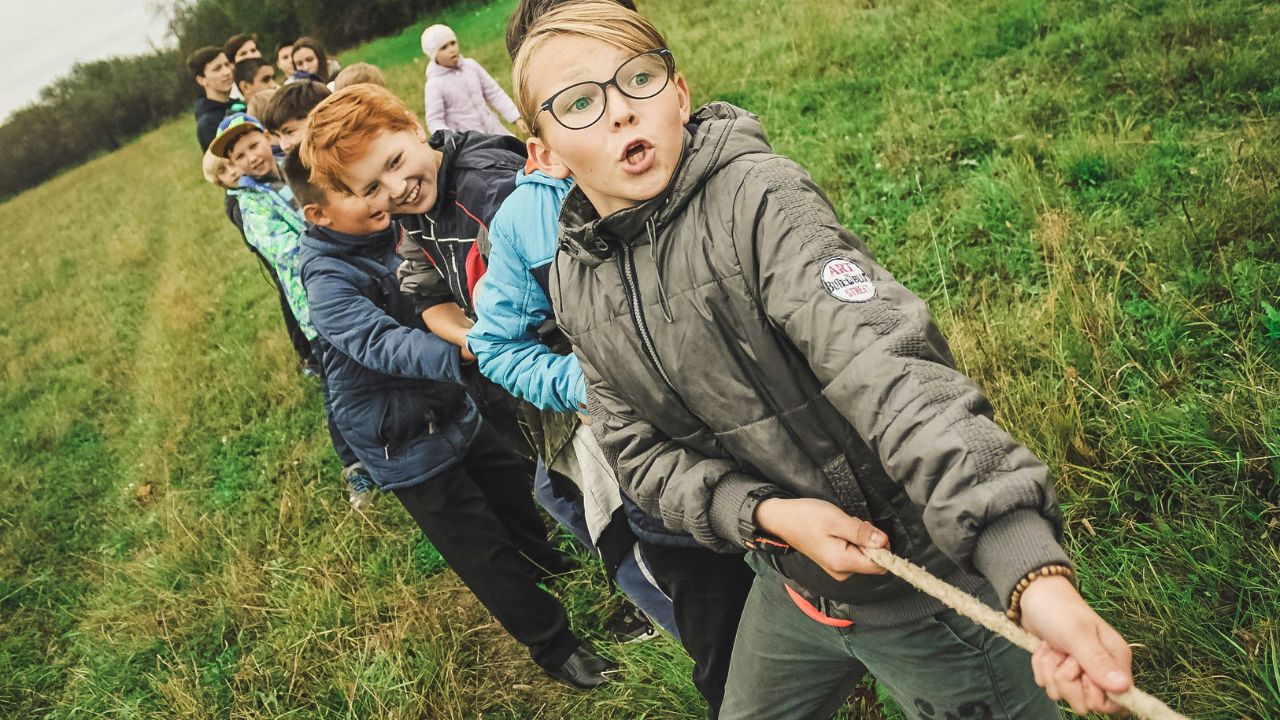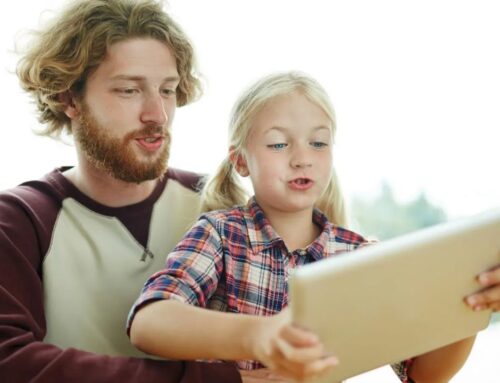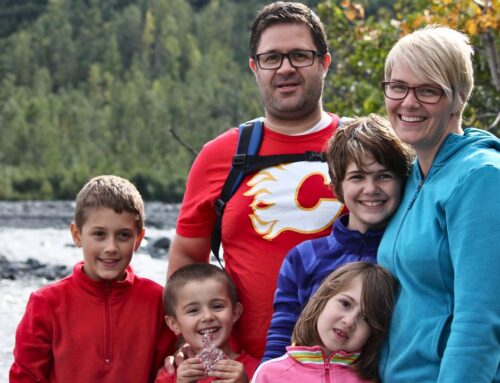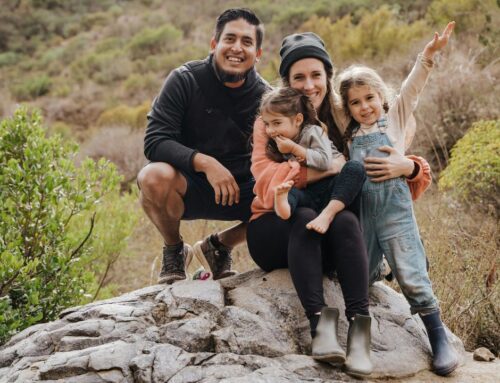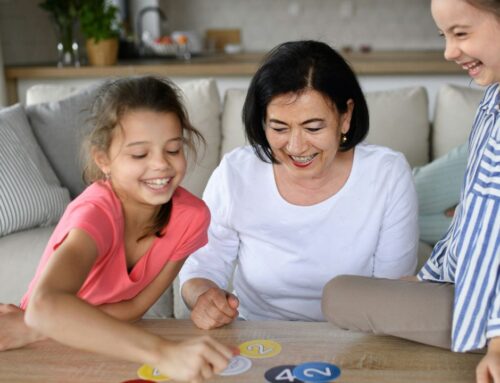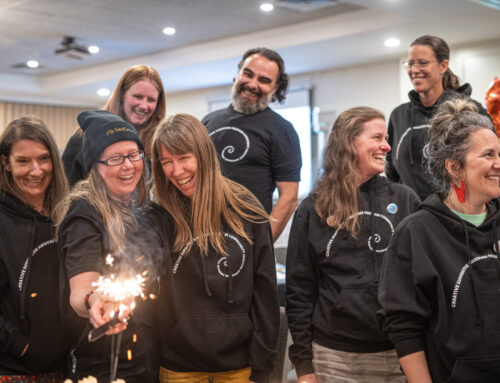As a home-learning parent, coming up with ways for your child to be able to interact with others sometimes takes creativity and thinking outside the box.
Peer-to-peer interaction is a huge part of social, cognitive and emotional development. It helps children build skills like collaboration, empathy, and critical thinking and helps them adjust and connect to the bigger world outside of their homes. Interacting with peers also helps children prepare for the real world and learn skills related to teamwork, conflict resolution and leadership.
There are many ways to encourage connection with others in a productive and fun way! We’ve compiled a list of ideas to inspire you and your child to dive into play and friendship with others.
1. Camps, clubs and youth centres
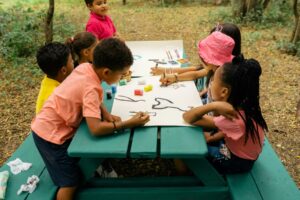 Youth camps, clubs and centres are designed to keep children engaged and socializing.
Youth camps, clubs and centres are designed to keep children engaged and socializing.
Most camps are during summer and spring breaks, so children get the added bonus of being outdoors. Children can help choose a camp oriented around their passions and interests, such as sports, the arts, dance, gymnastics, horseback riding, etc.
Youth clubs can involve specific interests like chess, or they can be all-encompassing, such as with Brownies, Scouts or 4-H. See if there’s a club in your area that’s tailored to your child’s interests!
Youth centres can be found in almost every city or town and offer extracurricular activities like skateboarding, crafts and cooking. They often have special programs or workshops for children to learn about different activities and pursue their passions.
2. Real-world experiences
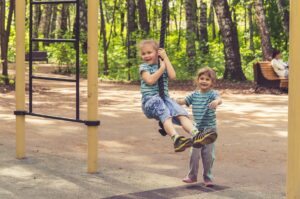 The library is an epicentre of learning, and they usually host book clubs, STEAM (science, technology, engineering, arts and math) workshops, and storytelling events where children can hang out with each other while listening to their favourite stories.
The library is an epicentre of learning, and they usually host book clubs, STEAM (science, technology, engineering, arts and math) workshops, and storytelling events where children can hang out with each other while listening to their favourite stories.
Museums and zoos provide learning experiences where children can bond over their favourite animals or exhibits. Nature reserves and provincial and national parks also offer a world of discovery and allow your child to connect with nature. You can organize trips with other home learners to make the most of these experiences.
Community productions such as theatre, dance, and music are stimulating and inspiring for children and help foster connections with others. Your child could also join a theatre group or choir!
Joining a sports team is also a great way for children to connect with others while doing something they love and moving their bodies! Playing sports with others also teaches them teamwork and collaboration.
3. Park dates
 There’s nothing like a good playground session with snacks and sunshine. Park dates are a classic way for children to play and exercise together, with the potential of forming lasting friendships.
There’s nothing like a good playground session with snacks and sunshine. Park dates are a classic way for children to play and exercise together, with the potential of forming lasting friendships.
Try reaching out to your friends with children of similar ages, or go online to local home learning support groups or forums. You can even organize a group park date in your own neighbourhood!
What’s great about the park is even if you show up alone, your child could walk away with a spontaneous new friend.
4. Support groups for home learners
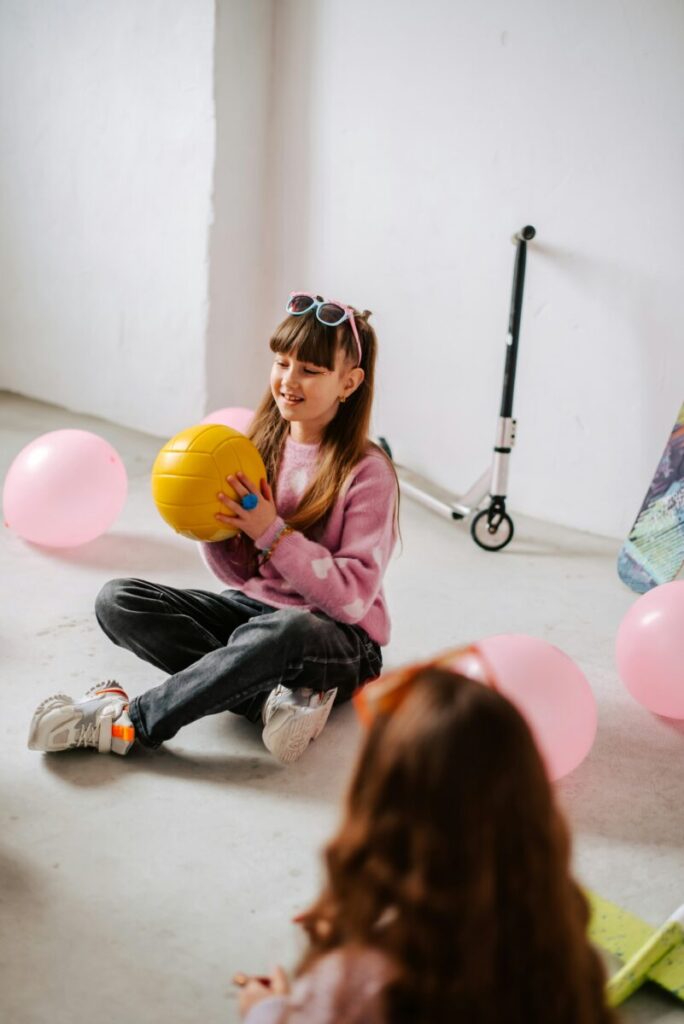 There are plenty of online support groups for home learners (and their parents!). Within these pages and groups, you can find threads and discussions about the importance of peer interaction for home learners, suggestions from organizations and parents, and planned meet-ups.
There are plenty of online support groups for home learners (and their parents!). Within these pages and groups, you can find threads and discussions about the importance of peer interaction for home learners, suggestions from organizations and parents, and planned meet-ups.
There are also online learning platforms like HomeLearners Network, where experienced educators design tons of fun, engaging activities for children based on their interests and passions. These activities mix arts, crafts, and STEAM learning, helping kids think critically and creatively. It’s a great place for children to meet new people and form bonds with other children who are drawn to the same activities every week.
Check out SelfDesign’s Facebook and Instagram pages for a direct dive into the SelfDesign home learning community–maybe you can find other parents in your town to arrange playdates!
Some groups are oriented around religion or differing pedagogies, and it’s important to find a group that aligns with your values and philosophy. Make sure to do your research before joining!
5. Volunteering
Volunteering almost always involves interacting with others, with the added bonus of doing good things in the world!
Here are some volunteer jobs suitable for children and youth:
-
- Community clean-ups – time outdoors is a bonus!
- Helping at animal shelters
- Hanging out with elders at a senior’s home
- Helping at the library – older children can even read to younger children!
- Tutoring younger learners
- Helping at nature centres or zoos
- Making homemade cards or gifts to bring to children at a children’s hospital
There are also many more! Sit down with your child and try to match their interests with a volunteer opportunity.
SelfDesign Learning Community’s opportunities for peer interaction
Peer-to-peer interaction is a top value at SelfDesign® Learning Community, and we offer myriad opportunities for children to connect with their peers. These include learner council, in-person camps, Minecraft groups, Winterlude, Design Post, Earth-Wise Collective, and more!
We hope it inspires you and your child to think of ways to connect.

